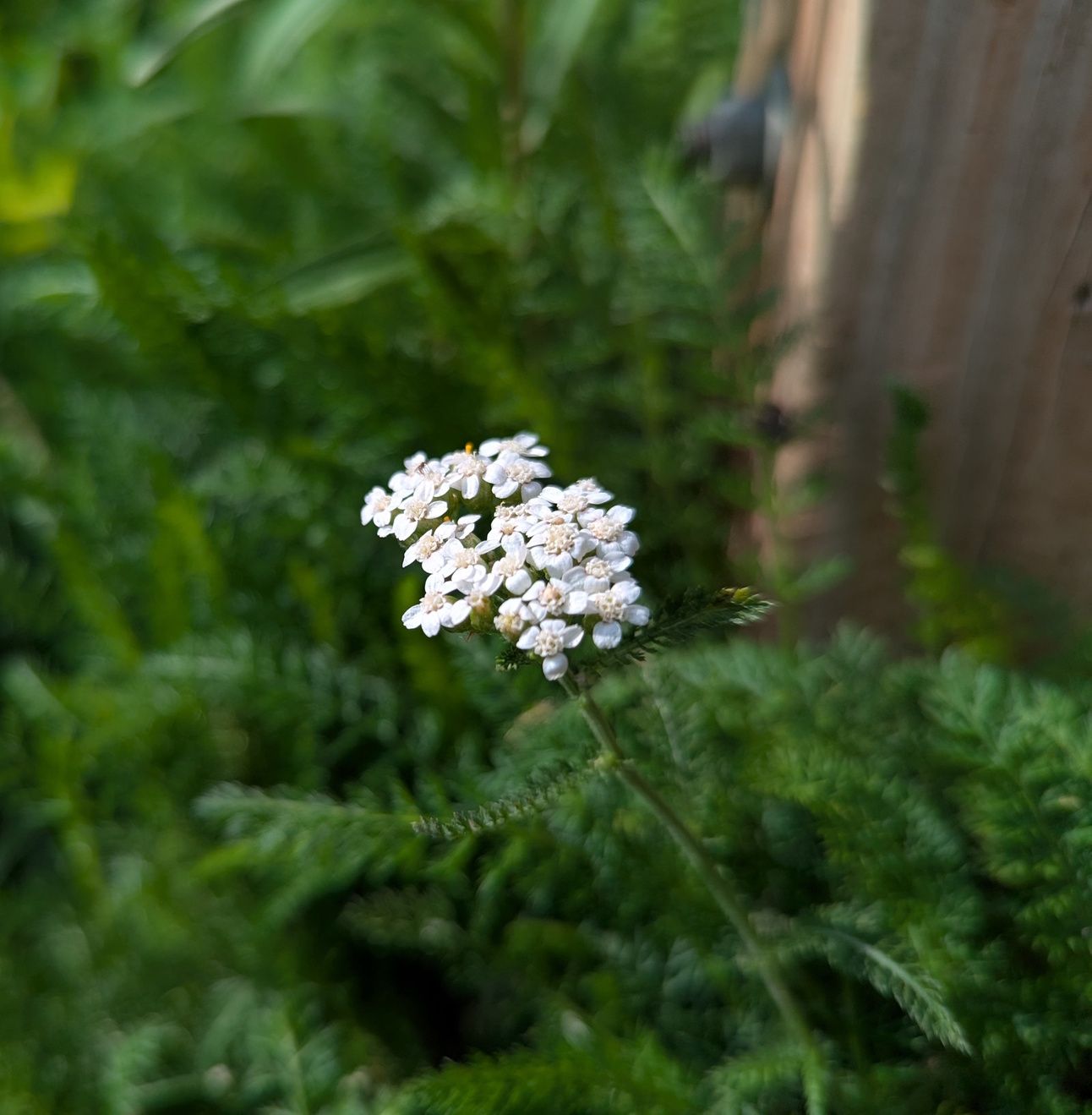- The Naturalist
- Posts
- Yarrow
Yarrow
Achillea millefolium

Yarrow is another medicinal powerhouse that is often right under our feet!
It’s one of those perennial herbs that I recommend along with chamomile and calendula for a top tier start to a medicine garden.
For more edible flower check out this article I put together for just a handful: Edible Flowers
Let’s dive in:
Plant Profile:
Scientific Name: Achillea millefolium
Preferred Habitat: Meadows, trailsides, grassy areas, and often near echinacea
Edible Parts: Leaves and flowers
Distribution: Most regions in North America have yarrow, it is extremely common. Exceptions would be the hottest parts of desert regions but you may still find a random strain there!

Harvest Season: Spring (best for leaves) and summer (flowers)
Key Identifiers: Feathery fern-like leaves that spiral up the stem, most of which are at the base. Flowers are typically small and white and form dense little clusters much like alyssum.
Toxic Look-Alikes: There are a few basic look alikes that can be confused to the untrained eye, but there are some telltale signs of whether you have yarrow or not:
Queen Anne’s Lace (also called “Cow Parsnip”) and water hemlock can look similar when young, but when in doubt wait until the flowering season. Queen Anne’s Lace and hemlock will both get very very large compared to yarrow (often over 6ft tall!), and their white flower clusters are umbrella shaped and flat.
Yarrow rarely gets taller than 2ft or so, and the clusters are smaller and less flat. Yarrow also has a distinct herbal smell that is unmistakable once you smell it while the other two smell much like carrots (being related to carrot).
The flowers look much more like alyssum, however the leaves and stems of alyssum aren’t feathery or soft and are more of a gray-green.
Nutrition:
While I can’t find specific amounts, yarrow contains the following nutrients:
Vitamin A
Vitamin C
Potassium
Zinc
Magnesium
Calcium
Phosphorus
Niacin
Flavonoids
Yarrow has the following medicinal benefits:
Anti-inflammatory properties
Antiseptic compounds
Treats inflammation
Topical wound healing
Aid for digestive disorders
Eases anxiety
Known to ease neurological disorders
Used to treat gum and tooth problems
Often used as a mouthwash
Improves insulin response
Styptic compounds (stops bleeding)
Balances the circulatory system
Regulates body temperatures during fevers (tea is recommended for this)
Powerful diuretic, treats UTIs
Helps repair broken skin (commonly used in soaps for this reason)
Taken for flus and colds
Can help with hemorrhoids

Smaller flower clusters for detail
Uses
Yarrow can be eaten culinarily, but it’s pretty astringent and bitter so adding it to meals should only be used sparingly!
Most people use the flowers and leaves in teas, soaps, shampoos, salves/balms, as a poultice, or in herbal tonics and oxymels.
*WARNING: If pregnant, avoid taking yarrow internally since it can increase chances of miscarriage! Using topically on the skin is safe.

Yarrow leaves close up
Growth Habits
Yarrow grows all over the place.
Being a meadow plant, it tends to be very easy to grow with virtually zero maintenance.
The plant forms dense clusters of feathery soft leaves, and as it matures it sends up flower stalks.
Yarrow is an excellent plant guild plant because of how it attracts pollinators and is a multi-use flower!

Additional Information
Yarrow was also used by early Christians to ward off evil spirits (can’t hurt to have it around!) and is native to temperate regions around the world including Europe, North America, and Asia.
A. millefolium is the main species you’ll find, however there are several subspecies and wild hybrids that can be used the same way and are hard to distinguish between sometimes. Here in Michigan we have two yarrow species (the common yarrow, and the yellow yarrow) as well as a more distant relative species called “sneezeweed” which to me doesn’t look enough like a yarrow to call it that.

Cultivars
There are thankfully a number of yarrow varieties to choose from!
Parker’s - This is a selection of the yellow yarrow, deep golden color, large dense flower clusters.
Coronation Gold - An award-winning yellow variety with massive pompom-like flower clusters
Flowerburst Fruitbowl - A mix of several beutiful colors of yarrow ranging from pink, to magenta, to purple, to deep red, yellow, and white!
Double Diamond Pearl - A selection of white yarrow with large white flowers, a popular Victorian heirloom.
Love Parade - A Russian variety with large pastel clusters that range from pale pink, to peach, to a more vibrant pink.
Terracotta Yellow - A pretty peach-orange yarrow
New Vintage Violet - A deep vibrant purple-pink selection
Firefly Peach Sky - A multi-toned muted peach and pastel orange variety

Follow me on social media for behind-the-scenes videos and seasonal photos!
Leave a comment to show the algorithm how legit we are!
Thanks for reading The Naturalist. Please share on social media to support the work!
Reply